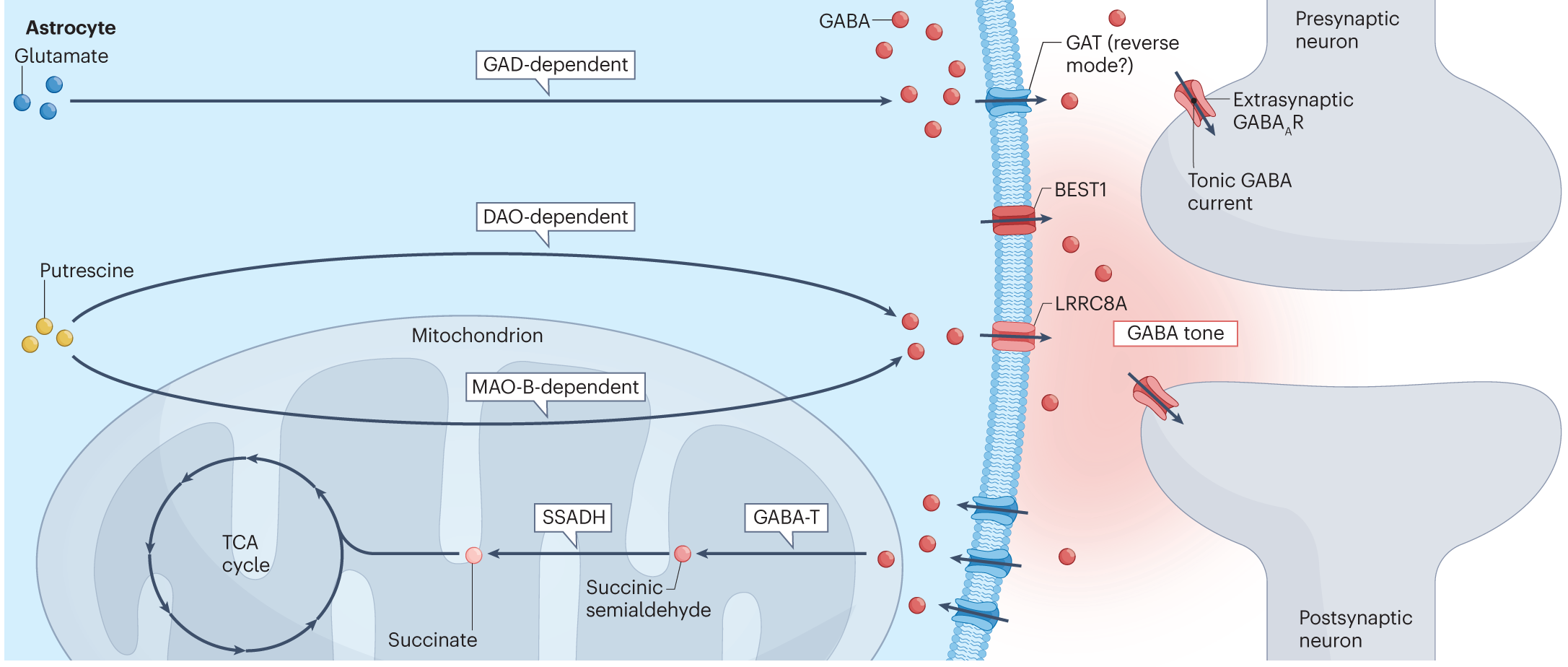주메뉴
- About IBS 연구원소개
-
Research Centers
연구단소개
- Research Outcomes
- Mathematics
- Physics
- Center for Underground Physics
- Center for Theoretical Physics of the Universe (Particle Theory and Cosmology Group)
- Center for Theoretical Physics of the Universe (Cosmology, Gravity and Astroparticle Physics Group)
- Dark Matter Axion Group
- Center for Artificial Low Dimensional Electronic Systems
- Center for Theoretical Physics of Complex Systems
- Center for Quantum Nanoscience
- Center for Exotic Nuclear Studies
- Center for Van der Waals Quantum Solids
- Center for Relativistic Laser Science
- Chemistry
- Life Sciences
- Earth Science
- Interdisciplinary
- Center for Neuroscience Imaging Research (Neuro Technology Group)
- Center for Neuroscience Imaging Research (Cognitive and Computational Neuroscience Group)
- Center for Algorithmic and Robotized Synthesis
- Center for Genome Engineering
- Center for Nanomedicine
- Center for Biomolecular and Cellular Structure
- Center for 2D Quantum Heterostructures
- Center for Quantum Conversion Research
- Institutes
- Korea Virus Research Institute
- News Center 뉴스 센터
- Career 인재초빙
- Living in Korea IBS School-UST
- IBS School 윤리경영


주메뉴
- About IBS
-
Research Centers
- Research Outcomes
- Mathematics
- Physics
- Center for Underground Physics
- Center for Theoretical Physics of the Universe (Particle Theory and Cosmology Group)
- Center for Theoretical Physics of the Universe (Cosmology, Gravity and Astroparticle Physics Group)
- Dark Matter Axion Group
- Center for Artificial Low Dimensional Electronic Systems
- Center for Theoretical Physics of Complex Systems
- Center for Quantum Nanoscience
- Center for Exotic Nuclear Studies
- Center for Van der Waals Quantum Solids
- Center for Relativistic Laser Science
- Chemistry
- Life Sciences
- Earth Science
- Interdisciplinary
- Center for Neuroscience Imaging Research (Neuro Technology Group)
- Center for Neuroscience Imaging Research (Cognitive and Computational Neuroscience Group)
- Center for Algorithmic and Robotized Synthesis
- Center for Genome Engineering
- Center for Nanomedicine
- Center for Biomolecular and Cellular Structure
- Center for 2D Quantum Heterostructures
- Center for Quantum Conversion Research
- Institutes
- Korea Virus Research Institute
- News Center
- Career
- Living in Korea
- IBS School
News Center
Breakthrough Study Reveals New Insights into GABA, the Brain's Key Signaling Molecule- The review is expected to offer a guideline for understanding the human brain - In a groundbreaking review paper published in Nature Reviews Neuroscience, scientists have shed new light on the role of GABA, a key signaling molecule in the brain. Researchers from the Center for Cognition and Sociality (CCS) within the Institute for Basic Science (IBS), led by Director C. Justin LEE and Young Scientist Fellow KOH Wuhyun, and Yonsei University team, led by Professor CHEONG Eunji and Postdoctoral Researcher KWAK Hankyul, have delved into how GABA's levels in the brain are regulated and its broader impacts on cognitive function. Within the realm of brain science, two types of signal transmission are essential: excitatory signals, which prompt the activation of the next neuron, and inhibitory signals, which suppress neuron activity. These functions are mainly controlled by two substances: glutamate and GABA, respectively. While the understanding of GABA's action at the synapse between pre- and post-synaptic neurons has been established, its effects outside the synapse have remained a mystery. Since 2010, Director Lee has been investigating the cognitive function of astrocytes, a type of brain cell involved in the synthesis, release, and clearance of GABA. His team even identified potential treatments for diseases related to aberrant GABA synthesis, such as dementia, and are pioneering the development of these therapies. In this new review paper, the IBS-CCS scientists introduced a novel concept called GABA tone, which refers to the amount of GABA that is mediating a continuous (tonic) GABA current in the brain. This work is expected to provide a guideline for understanding the regulation and function of GABA tone, promising advances in brain disease treatment. The review paper emphasizes three critical points. First, Dominance of Astrocytes in GABA Tone Regulation: These star-shaped cells majorly synthesize, release, and eliminate GABA tone. Second, Mechanism of Tonic GABA Current Inhibition: There was a misconception in the literature that inhibition of tonic GABA currents was mediated by hyperpolarization, but this type of inhibition occurs with a specific form of resistance reduction known as shunt inhibition. Third, GABA Tone's Impact on Cognitive Functions: tonic GABA current affects learning, memory, biorhythm, arousal state, and motor control, demanding further research into additional cognitive functions. The authors expressed hope that this paper will attract global attention to the functional study of tonic GABA currents initiated by astrocyte research. They see it as a foundational guideline for future research in this fascinating area. In a world where brain diseases such as dementia continue to rise, this study serves as a beacon of hope and offers a roadmap for unlocking the secrets of the brain. The exploration of GABA, as summarized by the IBS Center for Cognition and Sociality and Yonsei University, sets an exciting course for brain science, opening doors to potential new therapies and a deeper understanding of the body’s most complex organ. This achievement was published in Nature Reviews Neuroscience (IF=38.755), which is one of the world's most prestigious scientific journals.
Notes for editors
- References
- Media Contact
- About the Institute for Basic Science (IBS)
|
| Next | |
|---|---|
| before |
- Content Manager
- Public Relations Team : Yim Ji Yeob 042-878-8173
- Last Update 2023-11-28 14:20












